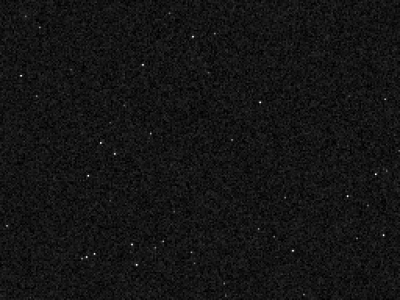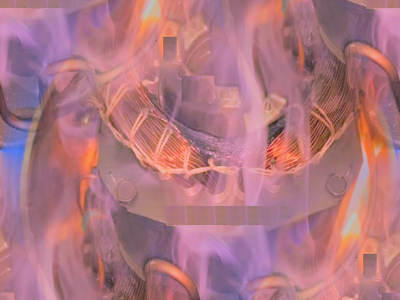Astronomy
Astronomical instrumentation and related fields have seen remarkable evolution in recent decades, driving the need for advanced signal acquisition and processing techniques. Current experiments demand readout capabilities beyond traditional approaches, leading to the adoption of a wideband instrumentation system architecture for high-speed Radio Frequency (RF) measurements. Field Programmable Gate Array (FPGA) and System on Chip (SoC) devices, owing to their features, are well-suited to perform tasks related to the digital back-end of these types of systems.
- Categories:
 156 Views
156 ViewsThis dataset is image data generated by matlab simulation based on star catalog, imaging process analysis, and space target characterization. There are three signal-to-noise ratios in the dataset, the signal-to-noise ratios are 0.7, 1, and 1.5.There are 10 groups of data under each signal-to-noise ratio, and each group of data contains 10 images. It can be used for research such as target detection and tracking.
- Categories:
 231 Views
231 ViewsThe WSO (Wilcox Solar Observatory at Stanford University) terrestrial observatory data, spanning 47 years of solar Mean Magnetic Field (MMF) values. The set also includes data from the WIND space mission's magnetometer (MAG), collected at the L1 Lagrangian point over the time interval of 27 years.
- Categories:
 227 Views
227 ViewsMission-integrated ⪅8nT magnetometer (MAG) data at Jupiter and Saturn, 100-minute averages. Data consist of the only available MAG measurements that spanned at least 6 months (180 Earth days), and include the Cassini–Huygens, Galileo, and Juno missions. Steven P. Joy and Joe Mafi (UCLA & NASA Planetary Data System/Planetary Plasma Interactions Node) provided concatenated and RTN-rotated Jupiter MAG 1-minute averages from Galileo and Juno, including random samples of field swelling.
- Categories:
 563 Views
563 Views
Cosmological simulation dataset based on LBNL compressible cosmological hydrodynamics simulation code Nyx (https://ccse.lbl.gov/Research/NYX/). The Nyx simulation data are post-analysis data composed of 3D arrays in space (such as dark matter density, baryon density, temperature, and velocity).
- Categories:
 461 Views
461 ViewsNorth/South-separated <10nT magnetometer data from the 1994-2008 Ulysses space mission's samplings of polar solar winds, hourly averaged, non-decimated. The set also includes data from the WIND space mission, the WSO terrestrial observatory (solar Mean Magnetic Field), and the WSO solar Polar magnetic Field, all used in the same research project. The NOAA Solar Indices data (not included) were used for verification, see paper for details.
- Categories:
 548 Views
548 ViewsIn February 2016, LIGO announced the first observation of gravitational waves from a binary black hole merger, known as GW150914. To establish the confidence of this detection, large-scale scientific workflows were used to measure the event's statistical significance. These workflows used code written by the LIGO Scientific Collaboration and were executed on the LIGO Data Grid.
- Categories:
 714 Views
714 Views







